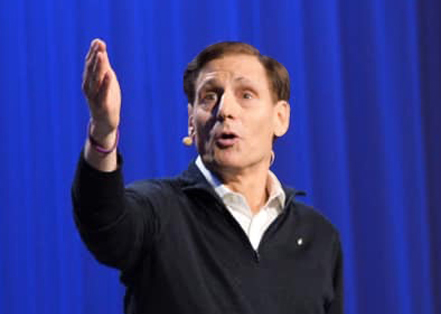
RI General Secretary John Hewko had thousands of delegates at the Hamburg Convention cheering lustily when he announced that for the first time ever RI had concrete numbers to quantify the volunteer hours that Rotarians put into community service — and the number is a whopping 45 million hours of volunteer effort in a typical year. This empirical analysis, the first by a global service organisation, had been done with help from the Johns Hopkins University to measure Rotarian volunteers’ impact. “The university’s systematic method to measure volunteer impact is the only one officially recognised by the UN and the ILO.”
A ‘conservative estimate’ provided by the preliminary findings was that the economic value of these 45 million volunteer hours put in by Rotarians in a typical year was a whopping $850 million! “And this figure doesn’t even include the in-kind contributions and the money that Rotary clubs and The Rotary Foundation raise every year, which could easily double that figure!”
Describing this a “powerful demonstration” of Rotary’s impact, Hewko said it provided a glimpse of “what we can do if we can lead, with integrity, to pursue our vision of the future.” The challenges before Rotary were great, but the organisation was filled with “leaders committed to creating lasting change in their communities.”
The question was if “we can lead in a world where trust in society’s institutions has eroded? Can we lead at a time when public anger at governments and international bodies has reached a fever pitch? There is no doubt we can.”
Defining the essence of leadership in Rotary, Hewko told the delegates to consider the “the audacity of a nongovernmental organisation — not a government or multilateral institution like the United Nations — to believe it could take on a huge challenge and eradicate polio!”
Progress on polio had happened thanks to a big team of Rotarians joining together to take action. Another crucial factor that was part of Rotary’s DNA was “a special combination of leadership and integrity, which defines us as people of action, mobilising in response to challenges.”
Rotary’s leadership had been evident at many levels; “from the role of Rotarians in drafting the UN Charter in 1945, to polio eradication, our Youth Exchange and peace programmes, our local club projects, and the work we do in our six areas of focus.”
The onus rested on each and every Rotarian to determine if Rotary could lead in the future as well, building on its glorious history of the past and taking decisive actions in the future.
This was also a special year in Rotary’s history as its new strategic plan will be rolled out, giving a roadmap for Rotary’s future. It looked at how Rotary should evolve and change to serve the needs of our rapidly changing world, and is tailored to serve the diverse demographics of our membership and the Rotary members of tomorrow. The plan had four priorities — increase Rotary’s impact, expand its reach, enhance participant engagement, and increase its ability to adapt, Hewko added.
Picture by Rasheeda Bhagat





